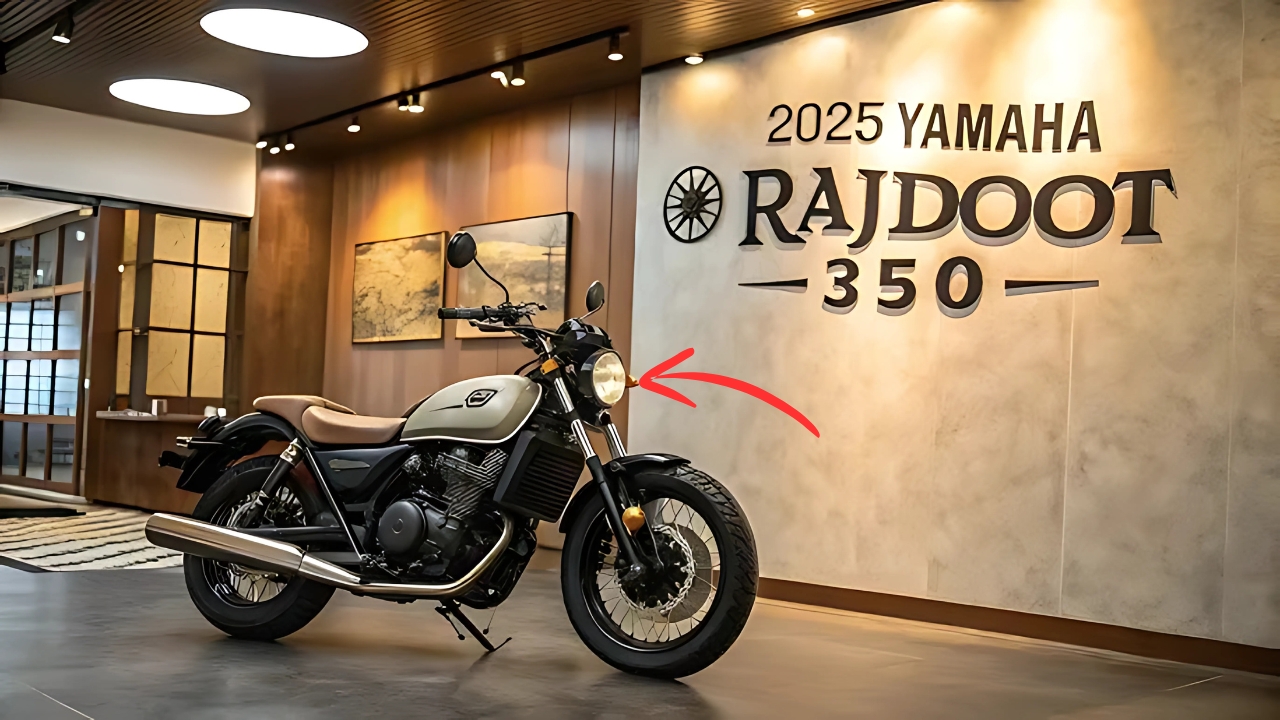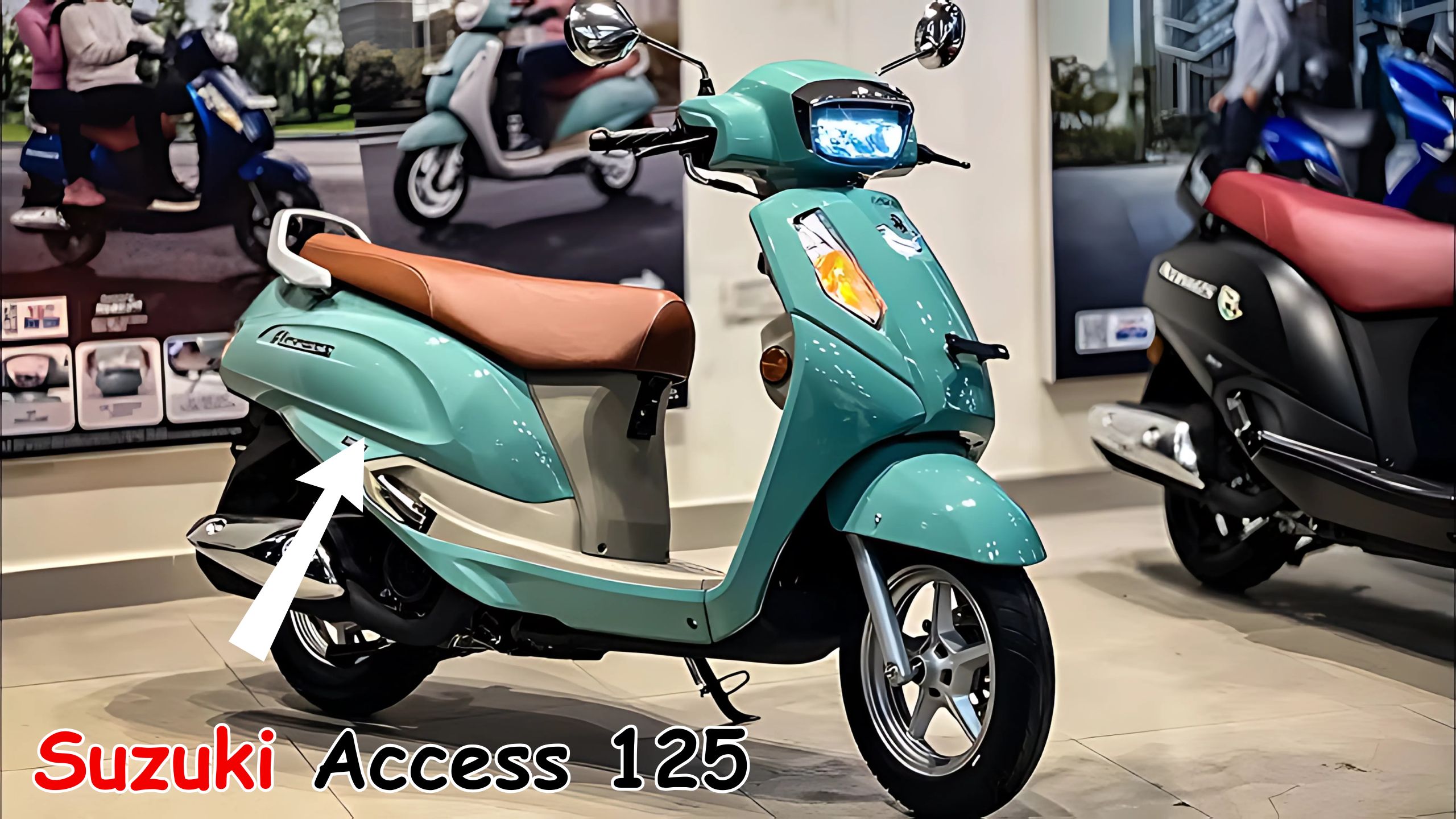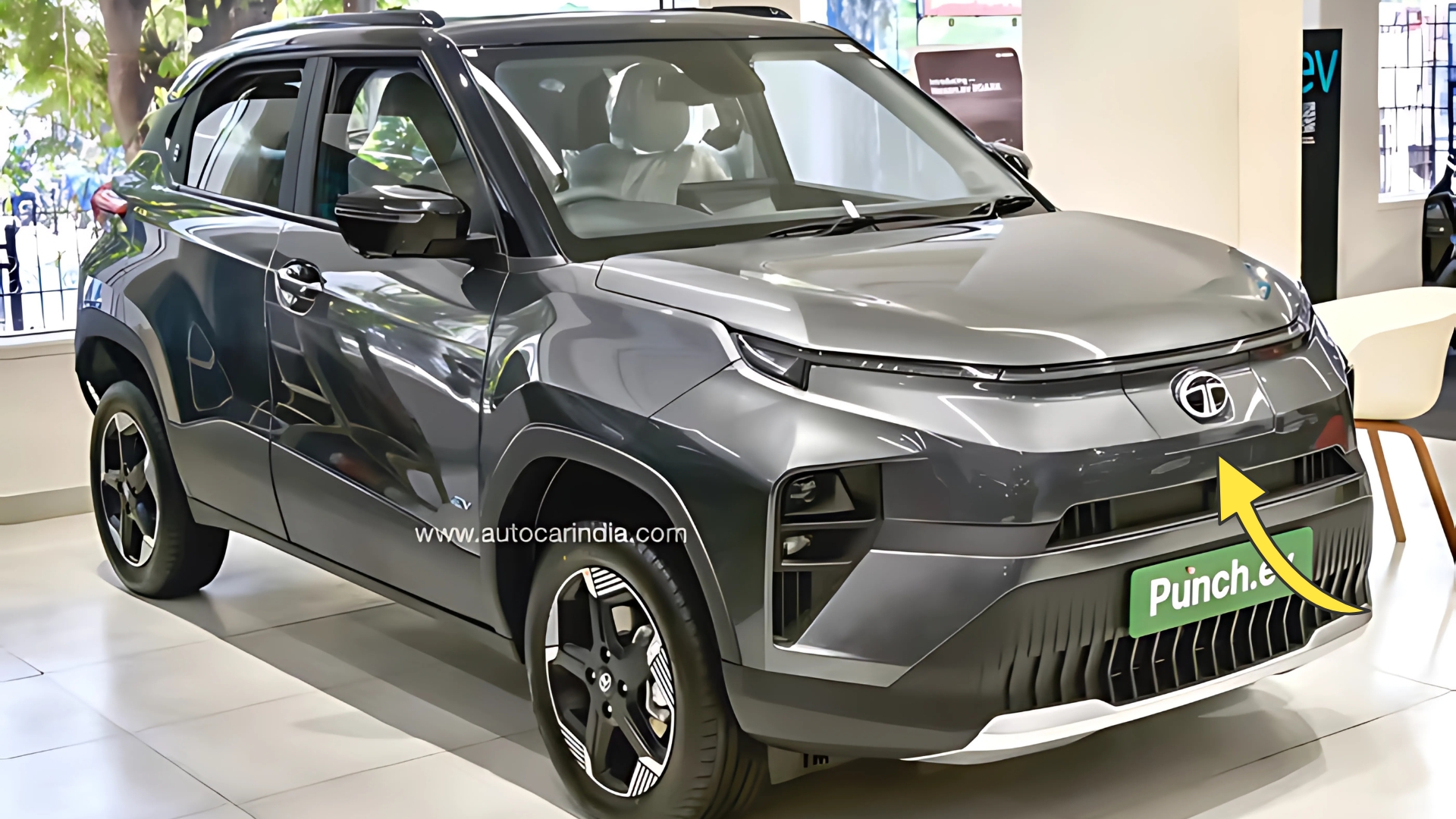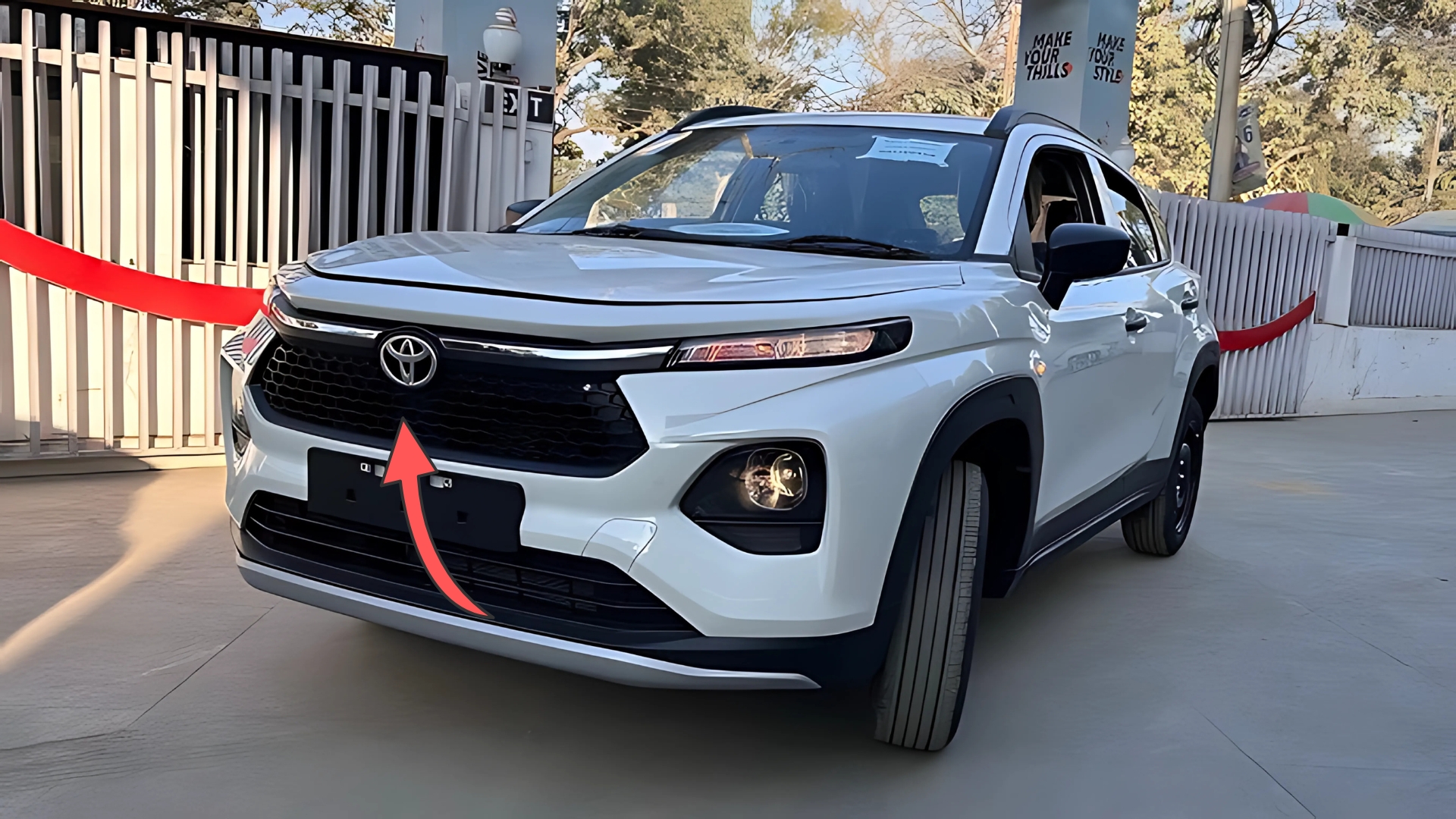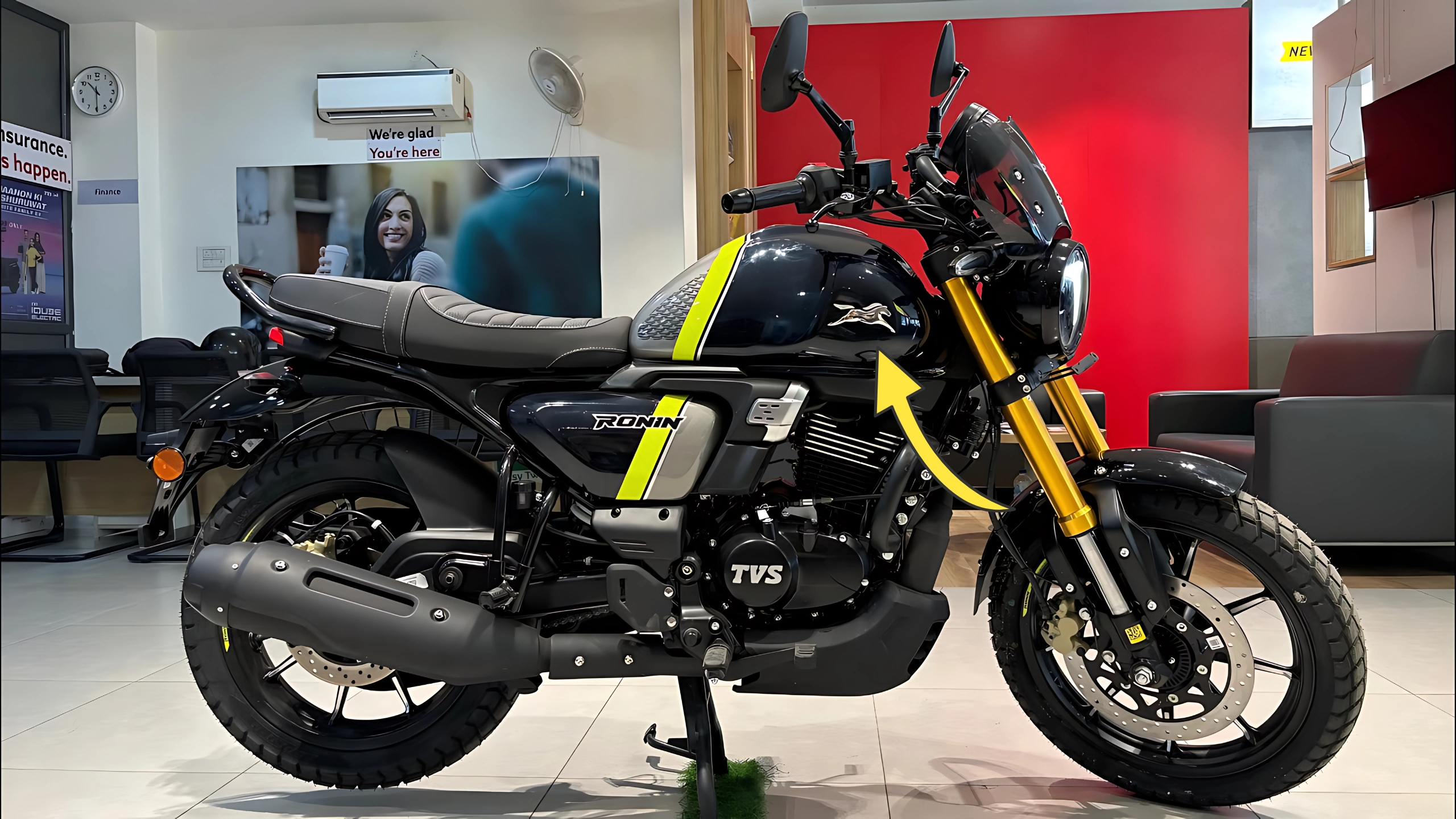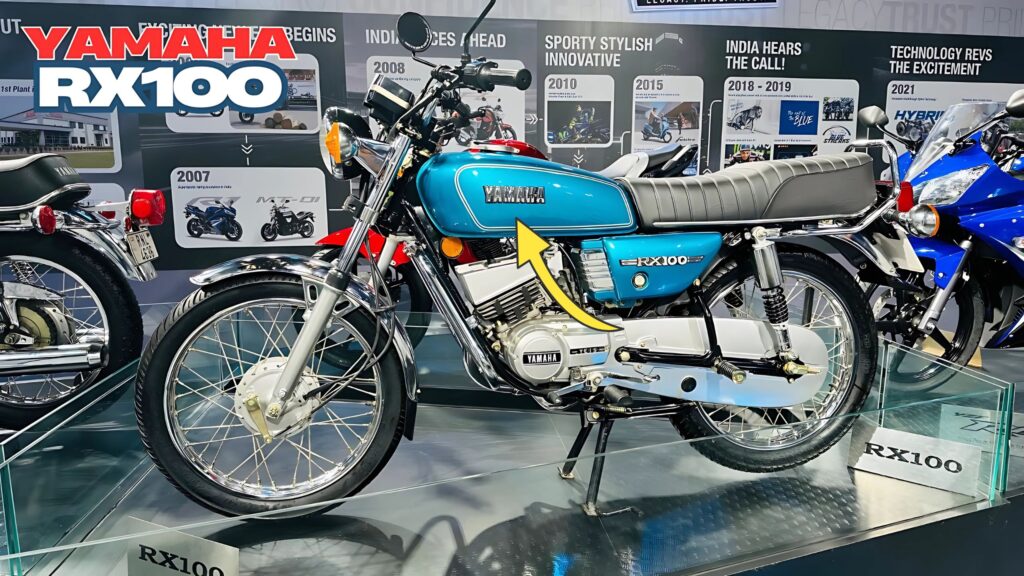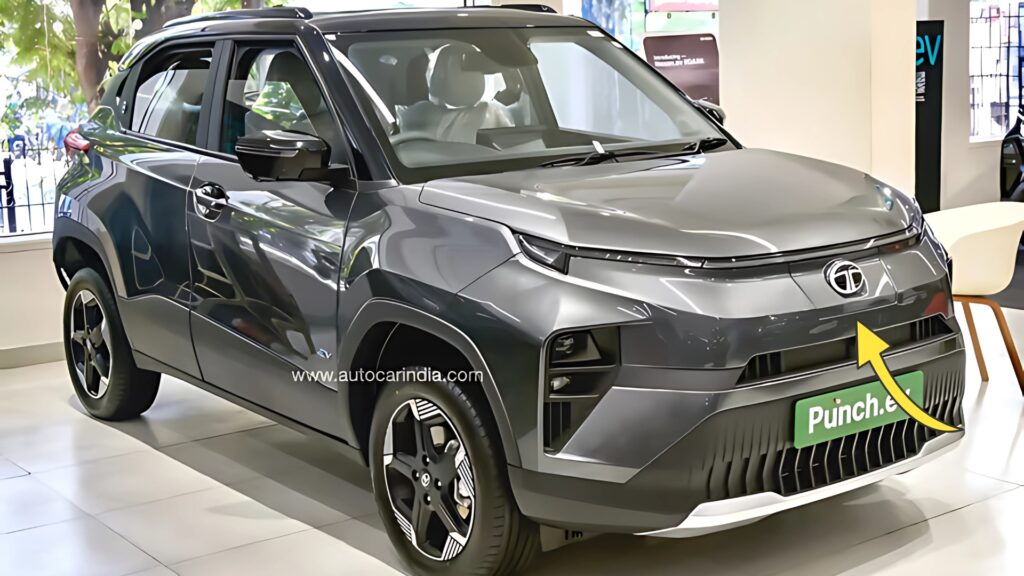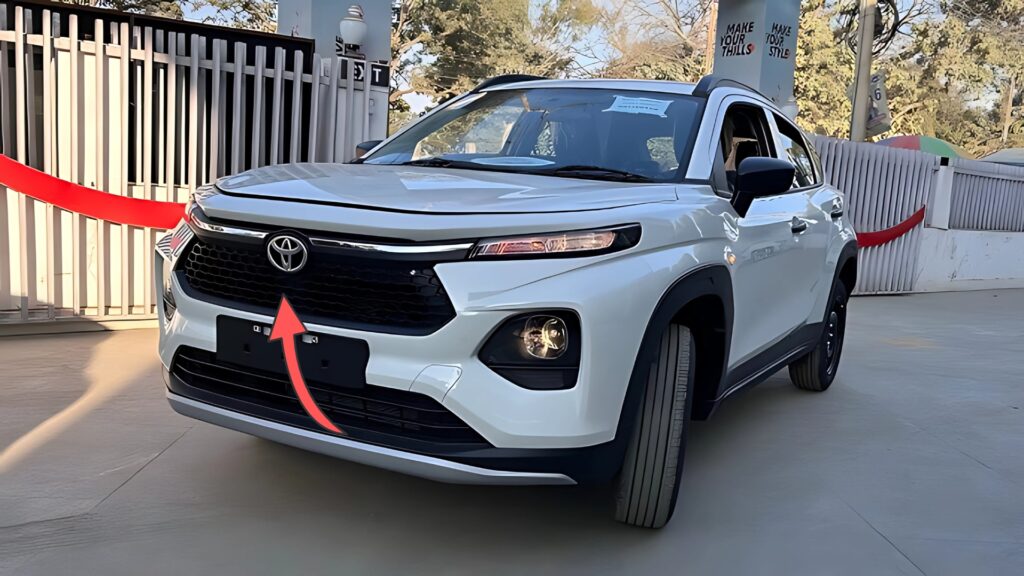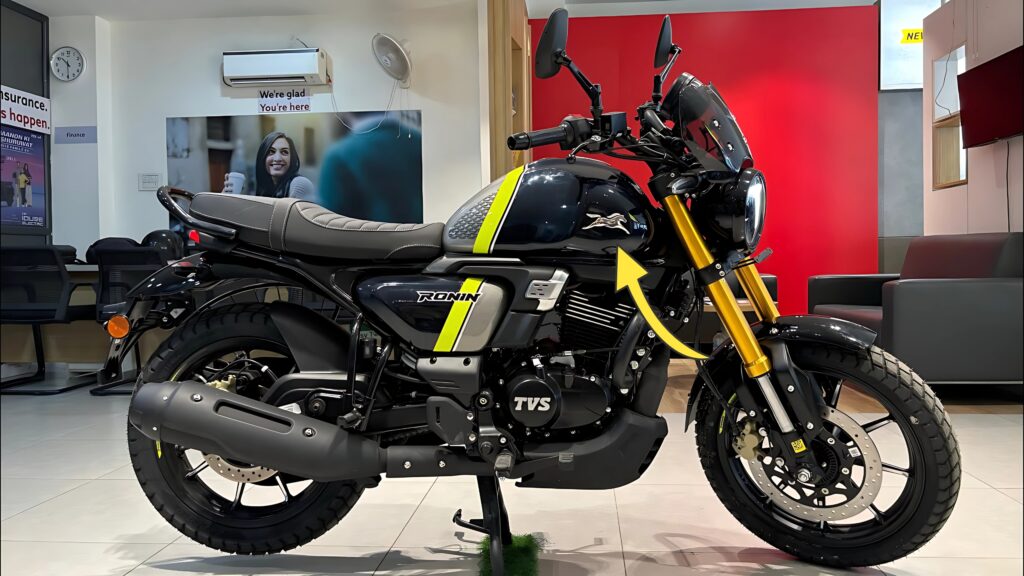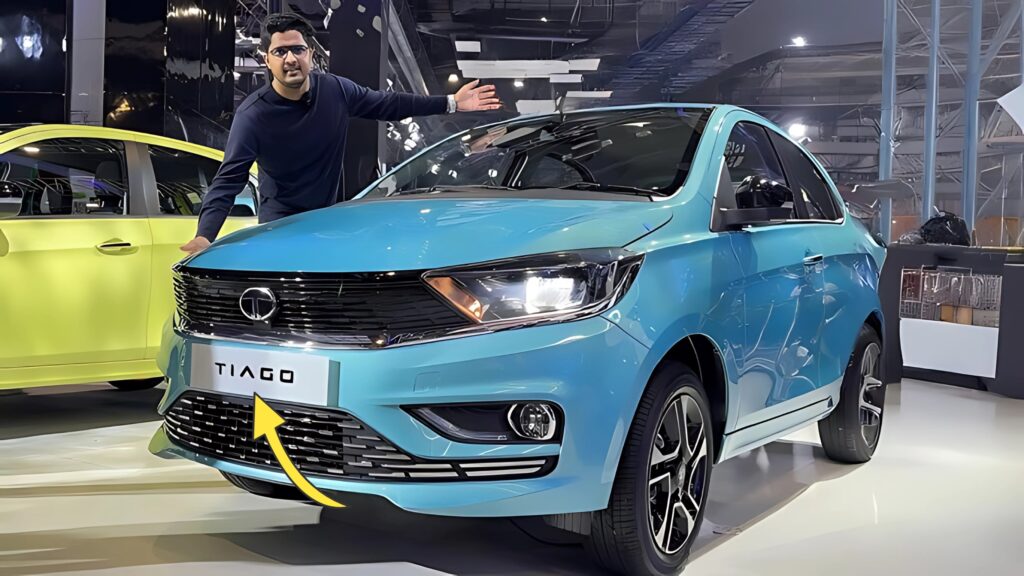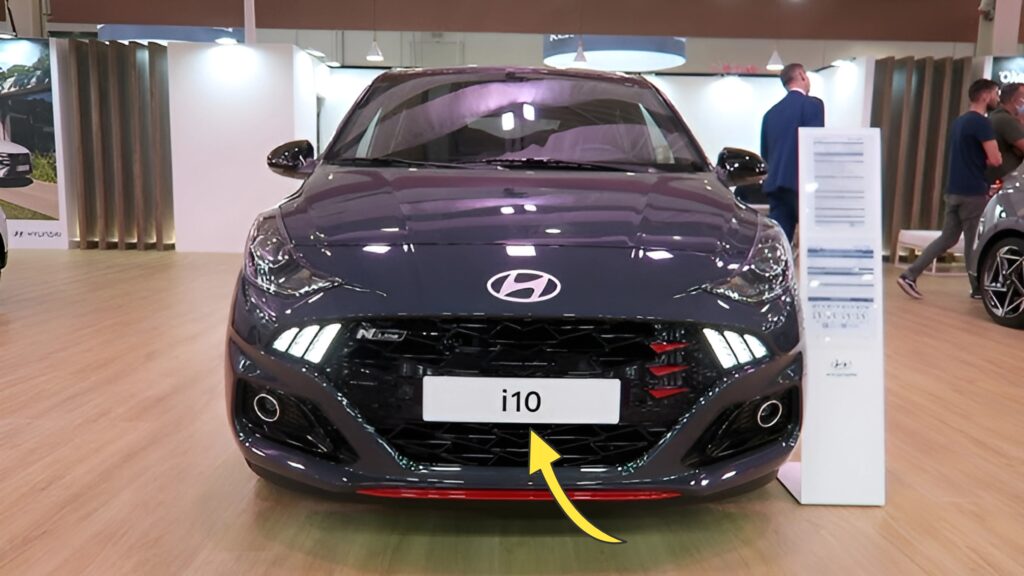Rajdoot 350: The landscape of Indian motorcycling has been shaped by various milestones over the decades, but few machines have left an imprint as deep and enduring as the Rajdoot 350.
Introduced during a time when motorcycles were primarily utilitarian vehicles meant for basic transportation, the Rajdoot 350 blasted onto the scene in 1983 with an entirely different philosophy – one centered around pure performance and adrenaline.
Its story isn’t merely about technical specifications or sales figures, but about how a motorcycle ahead of its time changed the perception of what two-wheeled machines could be in the Indian context, creating ripples that continue to influence enthusiast culture decades after its production ceased.
Rajdoot 350: Origins and Development The Japan-India Connection
The Rajdoot 350’s story begins far from Indian shores, in the Yamaha factories of Japan. The motorcycle was essentially a licensed version of the Yamaha RD350B, a machine that had already established a formidable reputation in international markets.
The Escorts Group, which had been manufacturing motorcycles under the Rajdoot brand since the early 1960s (beginning with the Polish-designed 175cc models), saw an opportunity to introduce something revolutionary to the Indian market.
Government regulations at the time prohibited foreign brand names on locally manufactured products, necessitating the use of the Rajdoot moniker instead of Yamaha.
However, knowledgeable enthusiasts were well aware of the machine’s Japanese DNA. The partnership represented an ambitious leap for Indian motorcycling – bringing in technology that was several generations ahead of anything available in the domestic market at that time.
What made this partnership particularly interesting was the timing. While two-stroke engines were already being phased out in developed markets due to tightening emission norms, India was just beginning to experience the thrill of high-performance motorcycling.
The Rajdoot 350 thus became a unique time capsule – introducing Indian riders to the raw, unfiltered experience of two-stroke performance that was already becoming a nostalgic memory elsewhere in the world.
Engineering and Performance: The Heart of a Racer
Beneath the Rajdoot 350’s relatively straightforward appearance lay engineering that was revolutionary for its time in India.
The 347cc air-cooled, two-stroke, parallel-twin engine featured technology that was unheard of in the Indian market – Yamaha’s patented Torque Induction system with reed valves, a six-speed transmission, and an automatic oil injection system (called Autolube) that eliminated the need for premixing fuel and oil.
The motorcycle was offered in two distinct variants throughout its production run:
| Feature | High Torque (HT) Model | Low Torque (LT) Model |
|---|---|---|
| Production Period | 1983-1985 (civilian), until 1989 (government) | 1985-1990 |
| Power Output | 30.5 bhp @ 6750 rpm | 27 bhp @ 6500 rpm |
| Top Speed | ~160 km/h | ~150 km/h |
| Acceleration (0-100 km/h) | ~6.5 seconds | ~7.5 seconds |
| Fuel Efficiency | 20-25 km/l | 25-35 km/l |
| Notable Features | Flatter muffler ends, more aggressive power delivery | Redesigned exhaust for better economy |
Even the detuned Indian versions were significantly tamed compared to the original Japanese RD350B, which produced around 39 bhp.
This detuning was primarily done to accommodate the lower quality of fuel available in India at the time and to improve fuel efficiency, a critical factor for the Indian market.
The performance figures don’t fully capture what made the Rajdoot 350 special. The two-stroke engine delivered power in a way that was entirely different from the four-stroke singles that dominated the Indian market.
There was an explosive, almost violent surge of power when the engine hit its powerband, creating a riding experience that was both exhilarating and intimidating.
This characteristic power delivery earned the motorcycle nicknames like “Rapid Death” among riders – part fearful respect, part dark humor.
One significant departure from the Japanese original was the braking system. While the Yamaha RD350B featured a front disc brake – advanced technology for its time – the Indian Rajdoot 350 was equipped with a 180mm drum brake up front in the interest of cost reduction.
This modification would later be criticized as inadequate for managing the motorcycle’s performance capabilities, especially given Indian road conditions.
Market Reception: A Performance Bike in a Utility Market
When the Rajdoot 350 was launched in 1983, the Indian motorcycle market was dominated by pragmatic considerations – fuel efficiency, reliability, and ease of maintenance.
Against this backdrop, the Rajdoot 350 was an anomaly with its focus on performance above all else.
Priced at approximately Rs. 18,000 at launch (a substantial sum in 1983), it positioned itself as a premium offering at a time when most motorcycles cost significantly less.
Several factors contributed to the Rajdoot 350’s challenging market position:
-
Fuel Consumption: In a highly fuel-conscious market, the Rajdoot 350’s thirst for petrol (delivering between 20-35 km/l depending on riding style and variant) was difficult to justify for many potential buyers.
-
Maintenance Complexity: The twin-cylinder engine was more complex than the single-cylinder motors most Indian mechanics were familiar with, creating challenges in servicing and repairs.
-
Spare Parts Availability: Specialized components were often difficult to source and expensive when available.
-
Limited Service Network: The Escorts Group’s service infrastructure wasn’t as widespread as some competitors, creating concerns about after-sales support.
-
Performance Perception: The motorcycle’s power and speed capabilities were beyond what most Indian riders were accustomed to, creating a reputation for being difficult to handle.
These factors combined to limit the Rajdoot 350’s commercial success. Total production figures over its approximately seven-year run are estimated at around 7,000 units – a modest number by mass-market standards.
However, this relative exclusivity would later contribute to the motorcycle’s legendary status and collectible value.
By 1990, production had ceased, and the Rajdoot 350 became a memory – albeit one that would grow more powerful with time.
Its commercial replacement came in the form of smaller, more economical Yamaha models like the RX100, which found far greater market acceptance while still offering a taste of two-stroke performance.
Cultural Impact: From Market Failure to Cult Icon
What makes the Rajdoot 350’s story particularly fascinating is its transformation from commercial underperformer to revered icon. Several factors contributed to this remarkable evolution:
-
Performance Legacy: Even as more modern motorcycles entered the market, few could match the raw, visceral experience of the Rajdoot 350’s two-stroke power delivery. This created an enduring mystique around the motorcycle.
-
Racing Heritage: The Rajdoot 350 dominated Indian motorsport during its era, establishing a competition pedigree that enhanced its reputation. Even decades later, modified RD350s remain competitive against much newer machinery in certain racing categories.
-
Exclusivity Factor: The limited production numbers and high attrition rate (many were crashed or scrapped) made surviving examples increasingly rare, driving up both their desirability and value.
-
Mechanical Simplicity: Despite maintenance challenges, the basic two-stroke architecture allowed for substantial tuning and modification by knowledgeable enthusiasts, creating a culture of customization and performance enhancement.
-
Nostalgic Appreciation: As motorcycling became more refined, computerized, and environmentally conscious, the raw, analog experience of the Rajdoot 350 became increasingly appealing to riders seeking a more direct, unfiltered connection to their machine.
The cultural impact of the Rajdoot 350 extends far beyond the relatively small number of people who actually owned one when new.
It became a motorcycle that enthusiasts aspired to own, restore, or simply experience – a benchmark against which other performance motorcycles were measured for years to come. Dedicated clubs and online communities formed around the preservation and celebration of these machines, sharing technical knowledge, restoration tips, and riding experiences.
In the used market, well-preserved or expertly restored examples command prices that can exceed Rs. 3 lakh – many times the original cost and more than many new motorcycles.
Parts bikes and even non-running examples are eagerly sought after for restoration projects, with original components becoming increasingly valuable collectors’ items in their own right.
Technical Specifications: The Numbers Behind the Legend
For enthusiasts and collectors, understanding the detailed specifications of the Rajdoot 350 is crucial to appreciating its technical significance:
| Specification | Details |
|---|---|
| Engine Type | Air-cooled, two-stroke, parallel twin with Torque Induction (reed valve) |
| Displacement | 347cc |
| Bore × Stroke | 64mm × 54mm |
| Compression Ratio | 6.9:1 |
| Carburetion | Twin Mikuni VM28 carburetors |
| Ignition | CDI (Capacitor Discharge Ignition) |
| Lubrication | Yamaha Autolube system (separate oil tank) |
| Transmission | 6-speed, constant mesh |
| Clutch | Wet, multi-plate |
| Frame | Steel tubular double cradle |
| Front Suspension | Telescopic forks |
| Rear Suspension | Dual shock absorbers with 5-way adjustable spring preload |
| Front Brake | 180mm drum, twin leading shoe (TLS) |
| Rear Brake | 160mm drum, single leading shoe |
| Wheelbase | 1,395mm |
| Ground Clearance | 150mm |
| Fuel Tank Capacity | 14 liters |
| Dry Weight | Approximately 143 kg |
| Electricals | 12V system with mechanical tachometer |
The specifications tell only part of the story, however. What made the Rajdoot 350 special was how these components worked together to create a motorcycle that felt alive, responsive, and sometimes unpredictable – characteristics that contributed to both its fearsome reputation and enduring appeal.
Riding Experience: The Two-Stroke Symphony
Accounts from those who rode the Rajdoot 350 during its heyday consistently emphasize certain characteristics that defined the experience:
The engine demanded attention and respect. From cold, it required careful nursing with the choke until operating temperature was reached.
The power delivery was distinctly non-linear – docile and manageable at low rpm, but transforming dramatically when the revs climbed past 5,000 rpm, at which point the motorcycle would surge forward with startling urgency.
The soundtrack was unmistakable – a raspy, aggressive exhaust note punctuated by the distinctive ring-ding of a highly-stressed two-stroke at full chat.
This aural signature announced the Rajdoot 350’s presence long before it came into view, becoming part of its mystique and drawing admiring glances from knowledgeable enthusiasts.
Handling was responsive but demanded technique and anticipation. The relatively light weight and quick steering made the motorcycle agile, but the drum brakes required forward planning and progressive application.
The suspension, while basic by modern standards, provided adequate compliance for the road conditions of the era.
Perhaps most notably, the Rajdoot 350 demanded involvement from its rider – it wasn’t a motorcycle that could be ridden mindlessly or casually.
Every aspect of the experience required engagement, from managing the powerband to anticipating braking distances. This challenging character weeded out casual riders but rewarded those willing to develop the skills necessary to master it.
Legacy and Influence: The Impact on Indian Motorcycling
The Rajdoot 350’s most enduring contribution to Indian motorcycling culture was in changing perceptions about what motorcycles could be.
Prior to its arrival, motorcycles were primarily viewed as utilitarian transport – after the Rajdoot 350, they could also be seen as performance machines, objects of passion rather than mere practicality.
This shift in perspective helped pave the way for later performance motorcycles in the Indian market.
While immediate successors like the Yamaha RX100 offered diluted versions of the two-stroke experience, the Rajdoot 350 had planted the seed of performance culture that would gradually blossom over the following decades.
The motorcycle also created a dedicated enthusiast community that preserved technical knowledge, riding techniques, and mechanical skills specific to high-performance two-strokes – expertise that might otherwise have been lost as the industry moved toward four-stroke technology.
This community has been instrumental in keeping surviving examples on the road through resourcefulness, parts fabrication, and shared knowledge.
In recent years, the growing vintage motorcycle movement in India has further elevated the Rajdoot 350’s status.
Concours-quality restorations appear at classic vehicle events, while sympathetically maintained “rider” examples continue to thrill their owners on weekend runs.
The distinctive sound of a well-tuned Rajdoot 350 still turns heads at motorcycling gatherings, often drawing crowds of admirers both young and old.
Restoration and Ownership Today: Keeping the Legend Alive
For those fortunate enough to own a Rajdoot 350 today, the experience is both rewarding and challenging. Several factors characterize modern ownership:
- Parts Availability: Original components are increasingly scarce, with some parts commanding premium prices when they do appear. A network of specialists has emerged who can fabricate certain components or adapt parts from other models.
- Technical Knowledge: Maintaining these motorcycles requires specialized knowledge that isn’t taught in contemporary mechanical training. Owners often become technically proficient out of necessity or rely on the small network of mechanics who still understand two-stroke technology.
- Fuel and Oil Considerations: Modern fuels and oils are formulated differently from those available when the Rajdoot 350 was in production. Knowledgeable owners adjust jetting and oil ratios to accommodate these changes.
- Usage Patterns: Most surviving examples are no longer used as daily transportation but are reserved for special occasions, club rides, or weekend enjoyment. This changed usage pattern helps preserve these increasingly valuable machines.
- Restoration Philosophy: Owners typically fall into different camps – some pursue factory-original restorations with period-correct details, while others modify their machines for improved performance or reliability while maintaining the essential character.
The restoration process itself often becomes a labor of love, sometimes spanning years as owners hunt for correct parts, research factory specifications, and gradually return their machines to road-worthy condition.
The result is a deeply personal connection to these motorcycles that transcends typical owner-vehicle relationships.
Key Points for Enthusiasts and Collectors
For those interested in the Rajdoot 350, whether as potential owners or simply as admirers of motorcycling history, several key points are worth noting:
-
Identification: Factory records are limited, so determining the exact production year often requires examining engine and frame numbers along with specific features. The transition from HT to LT models wasn’t abrupt but occurred gradually as components were changed.
-
Authenticity: Given the value of original parts, examining a potential purchase for correct components is crucial. Common modifications include the addition of aftermarket expansion chambers, carburetors from other models, and various performance enhancements.
-
Documentation: Original owner’s manuals, service books, and period advertisements have become collectible items in their own right, adding provenance and value to a motorcycle when available.
-
Performance Potential: Even decades later, a well-maintained Rajdoot 350 delivers performance that remains impressive. Modifications can extract significantly more power from these engines, though often at the expense of reliability and fuel economy.
-
Future Prospects: The trajectory of values suggests that well-preserved examples will likely continue to appreciate, particularly as the supply of restorable machines dwindles and nostalgia for analog motorcycling experiences grows.
Rajdoot 350: More Than Just a Motorcycle
The Rajdoot 350 represents more than just an interesting footnote in Indian motorcycling history – it marks a watershed moment when performance and passion entered the mainstream consciousness of Indian riders.
Its commercial limitations were ultimately less significant than its cultural impact, which continues to reverberate through enthusiast circles decades after the last example rolled off the production line.
What makes the Rajdoot 350 particularly special is how it bridges multiple worlds – Japanese engineering adapted for Indian conditions, race-derived technology made (somewhat) accessible to ordinary riders, and a performance philosophy that was ahead of its time yet now seems delightfully old-school in an era of electronic rider aids and emissions-focused design.
For those fortunate enough to experience a Rajdoot 350 in full song – the raspy exhaust note, the urgent acceleration, and the direct connection between rider input and motorcycle response – the appeal is immediate and visceral.
It explains why, despite their relative rarity and the challenges of keeping them running, these motorcycles continue to be sought after, restored, and above all, ridden by those who understand that some experiences can’t be replicated by modern technology.
In a motorcycling landscape increasingly dominated by fuel injection, ABS, traction control, and other electronic interventions, the Rajdoot 350 stands as a testament to a rawer, more direct riding experience – one that demanded more from its rider but potentially offered greater rewards.
Its legacy isn’t merely one of specifications or production numbers, but of how it changed what Indian riders thought possible from a motorcycle – a shift in perception that helped create the diverse and enthusiastic motorcycling culture that exists in India today.
